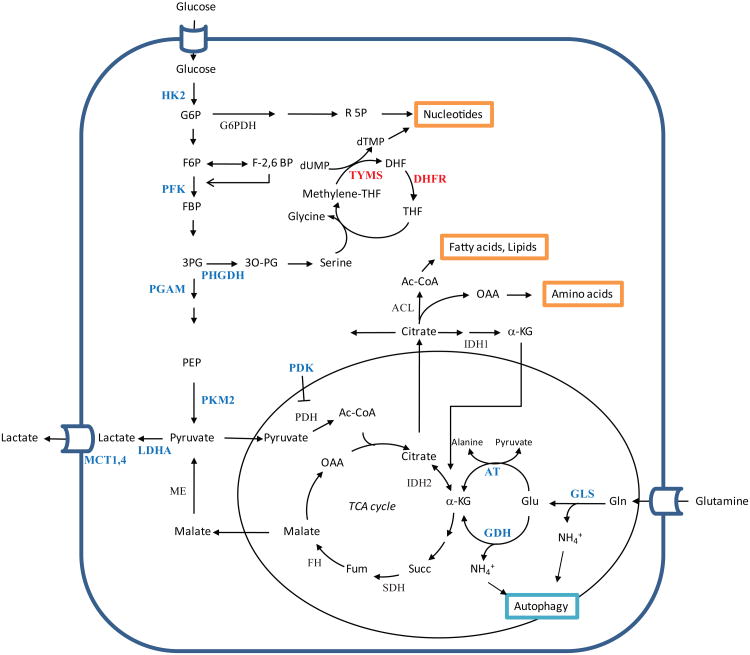Figure 1. Core metabolic pathways and metabolic enzymes suitable as cancer therapeutic targets.
Active metabolic pathways in proliferating cells involving glucose and glutamine catabolism are interconnected and linked to macromolecular synthesis and energy balance. Key metabolic enzymes discussed in the text (shown in blue) are actively investigated as therapeutic targets for cancer treatment. Metabolic enzymes targeted by registered agents are shown in Red.
ACL, ATP citrate lyase; αKG, α-ketoglutarate; DHFR, dehydrofolate reductase;; dTMP, deoxythymidine monophosphate; dUMP, deoxyuridine monophosphate; F-2,6-BP, fructose-2,6-bisphosphate; F6P, fructose-6-phosphate; FBP, fructose-1,6-bisphosphate; FH, fumarate hydratase; G6P, glucose-6-phosphate; GLS, glutaminase; HK2, hexokinase 2; IDH, isocitrate dehydrogenase; LDHA, lactate dehydrogenase A; MCT1,4, monocarboxylate transporter 1,4; OAA, oxaloacetate; PDH, pyruvate dehydrogenase complex; PDK, pyruvate dehydrogenase kinase; PEP, phosphoenolpyruvate; PFK1, phosphofructokinase 1; PFK2, phosphofructokinase 2; PGAM, phosphoglycerate mutase; PHGDH, phosphoglycerate dehydrogenase; PKM2, pyruvate kinase M2 isoform; R5P, ribose-5-phosphate; SDH, succinate dehydrogenase; THF, tetrahydrofolate; TYMS, thymidylate synthase

